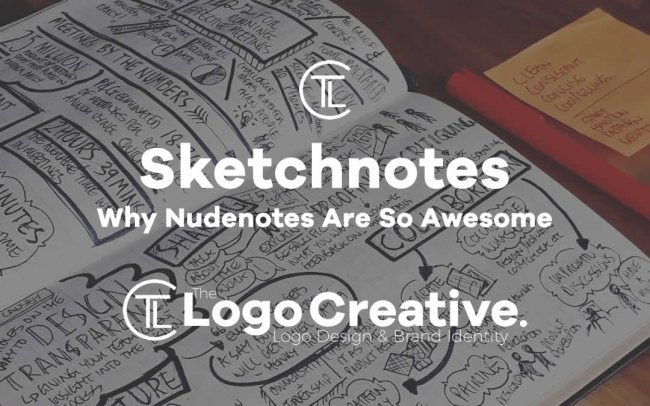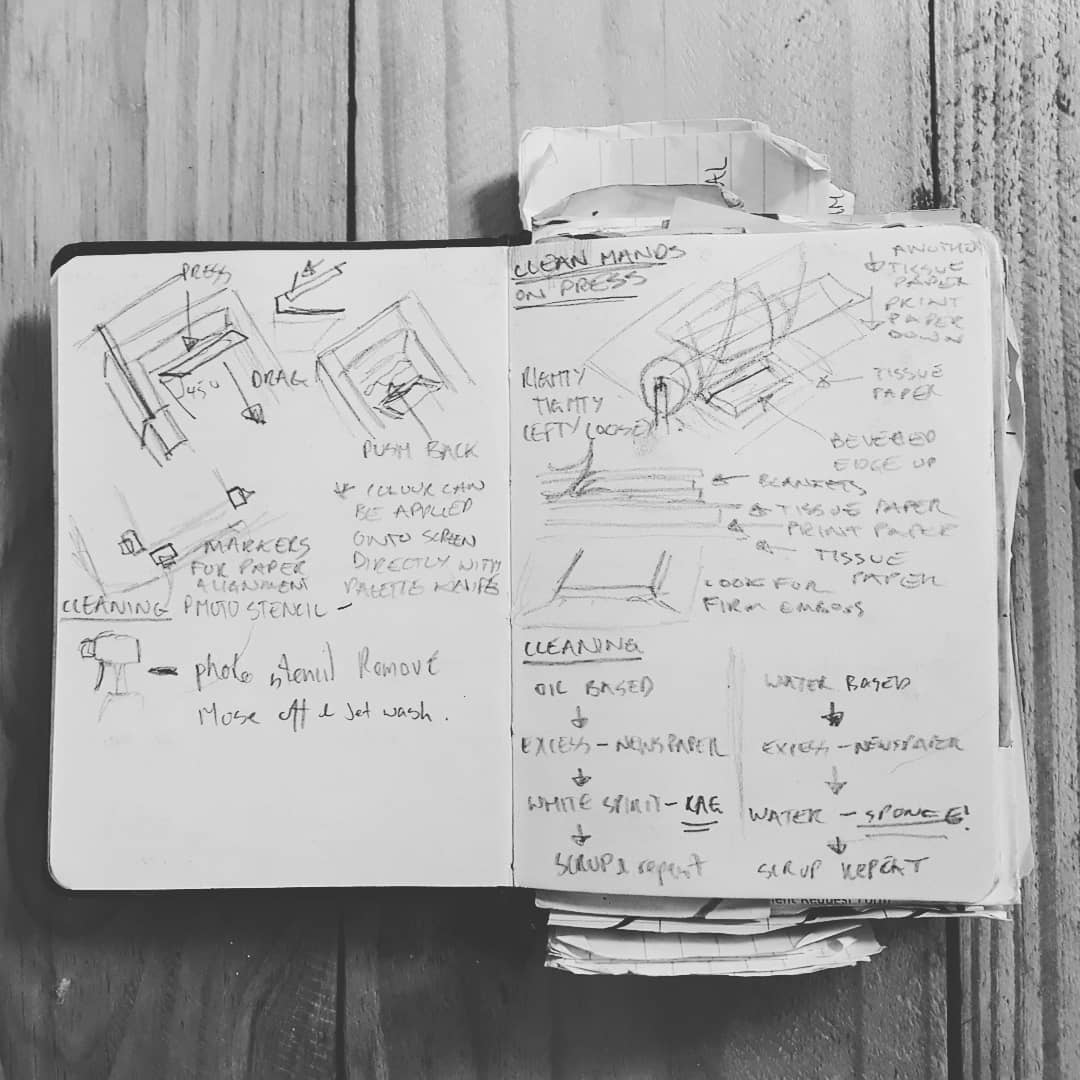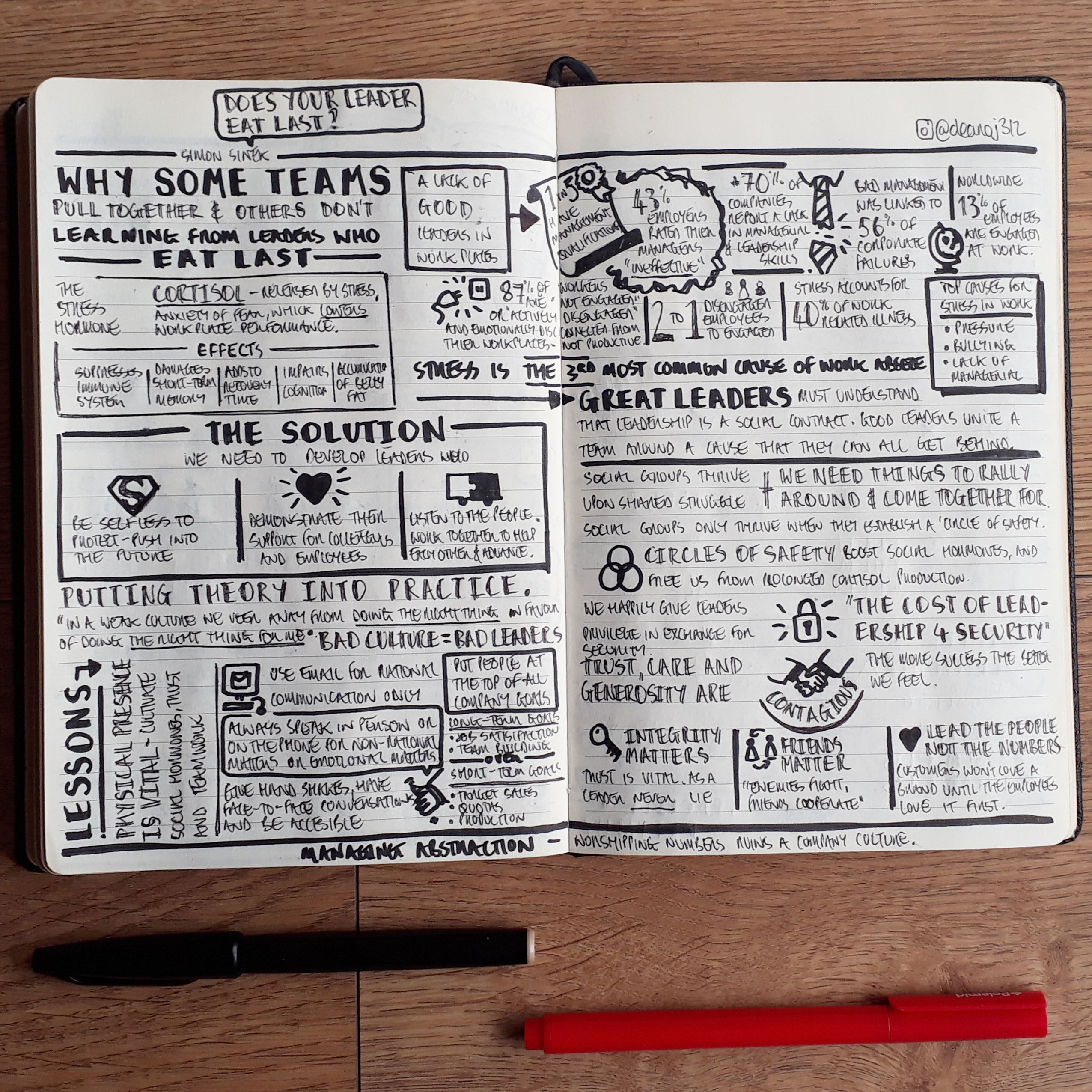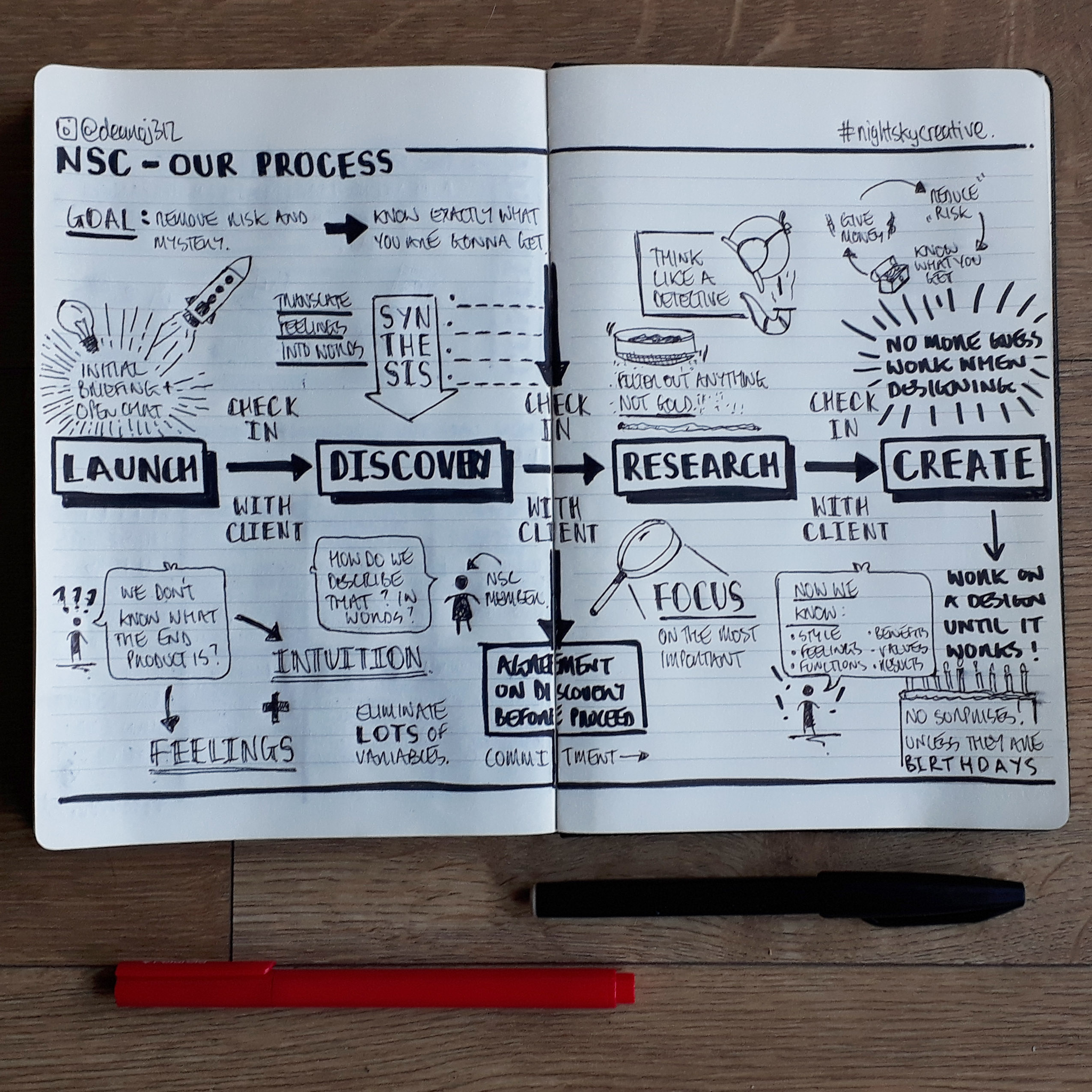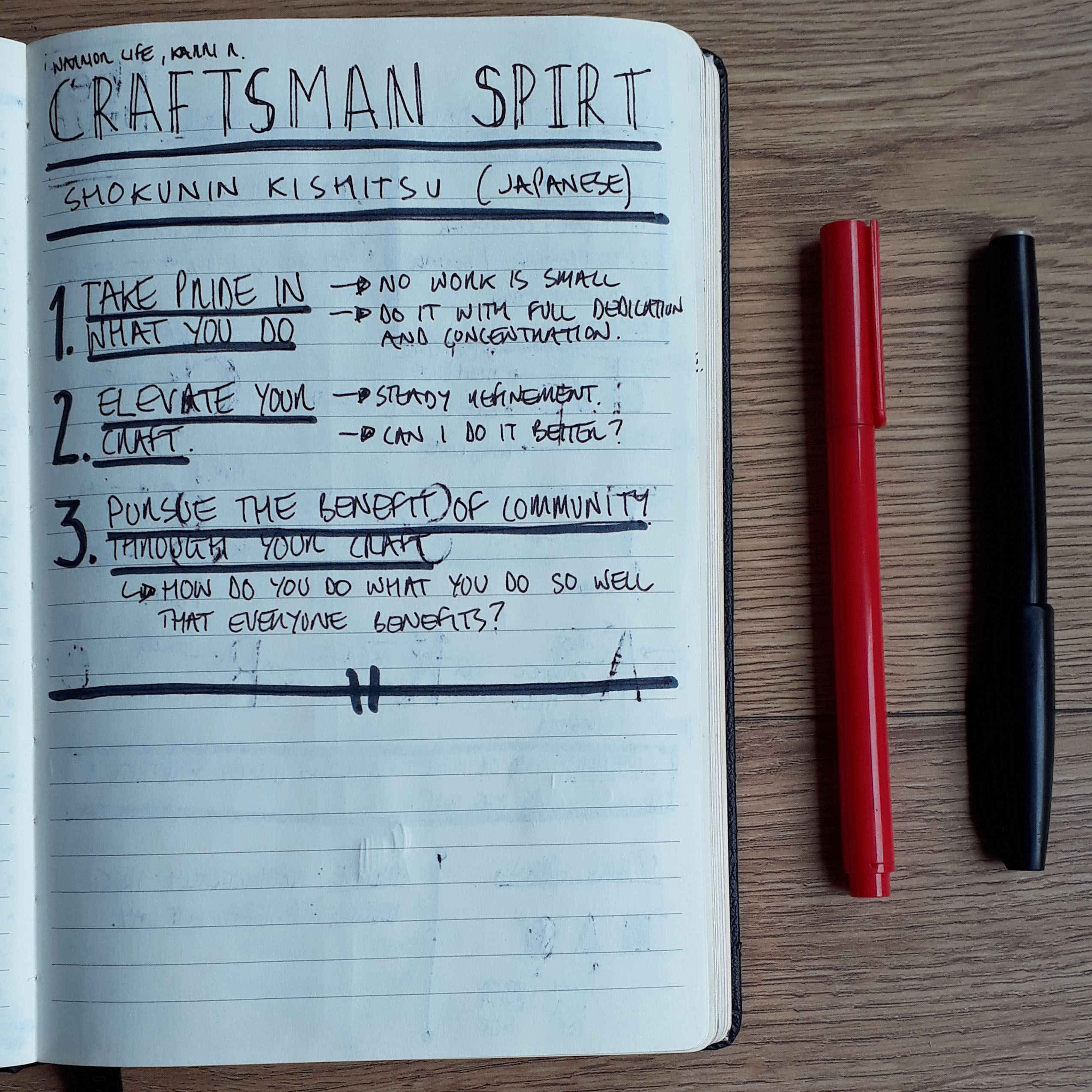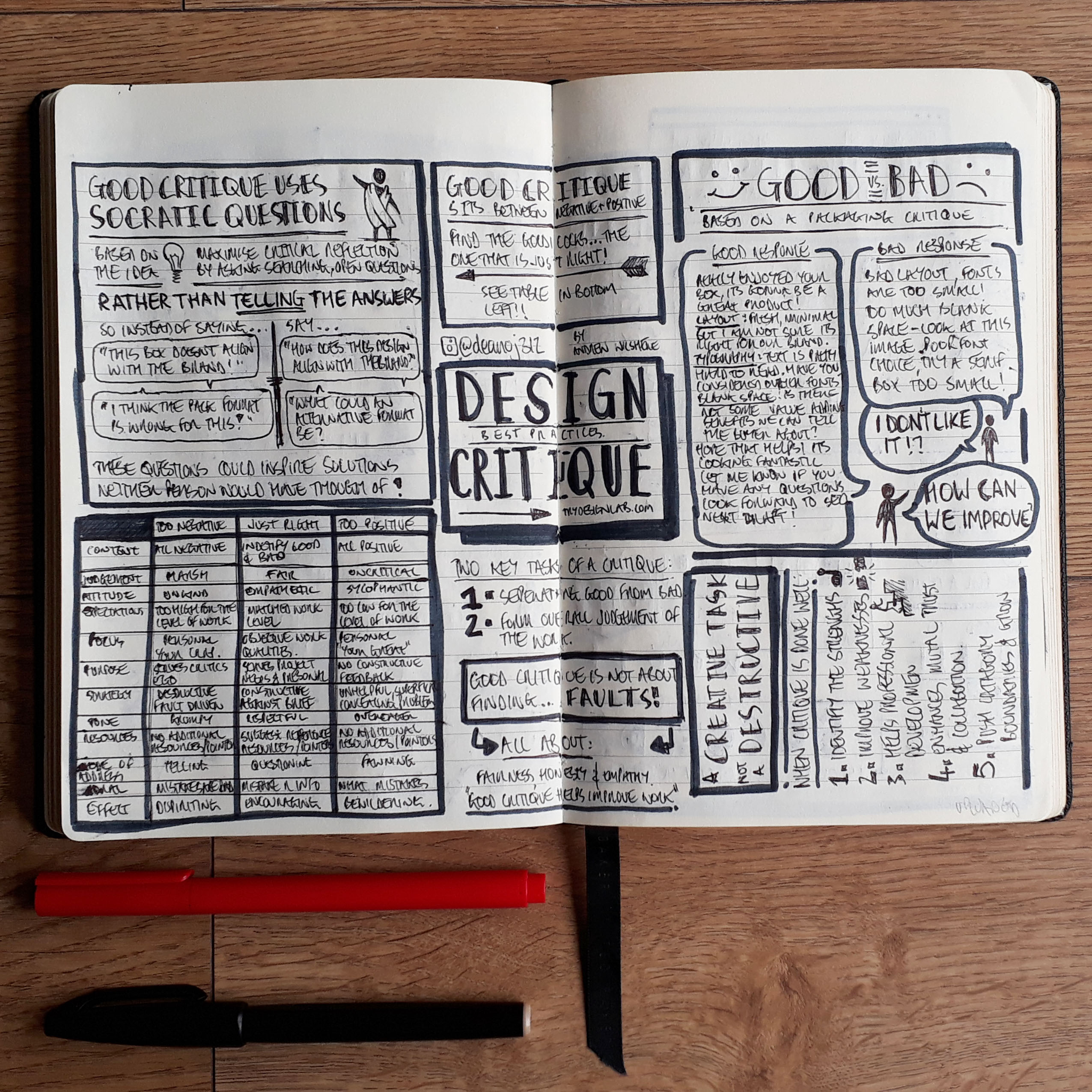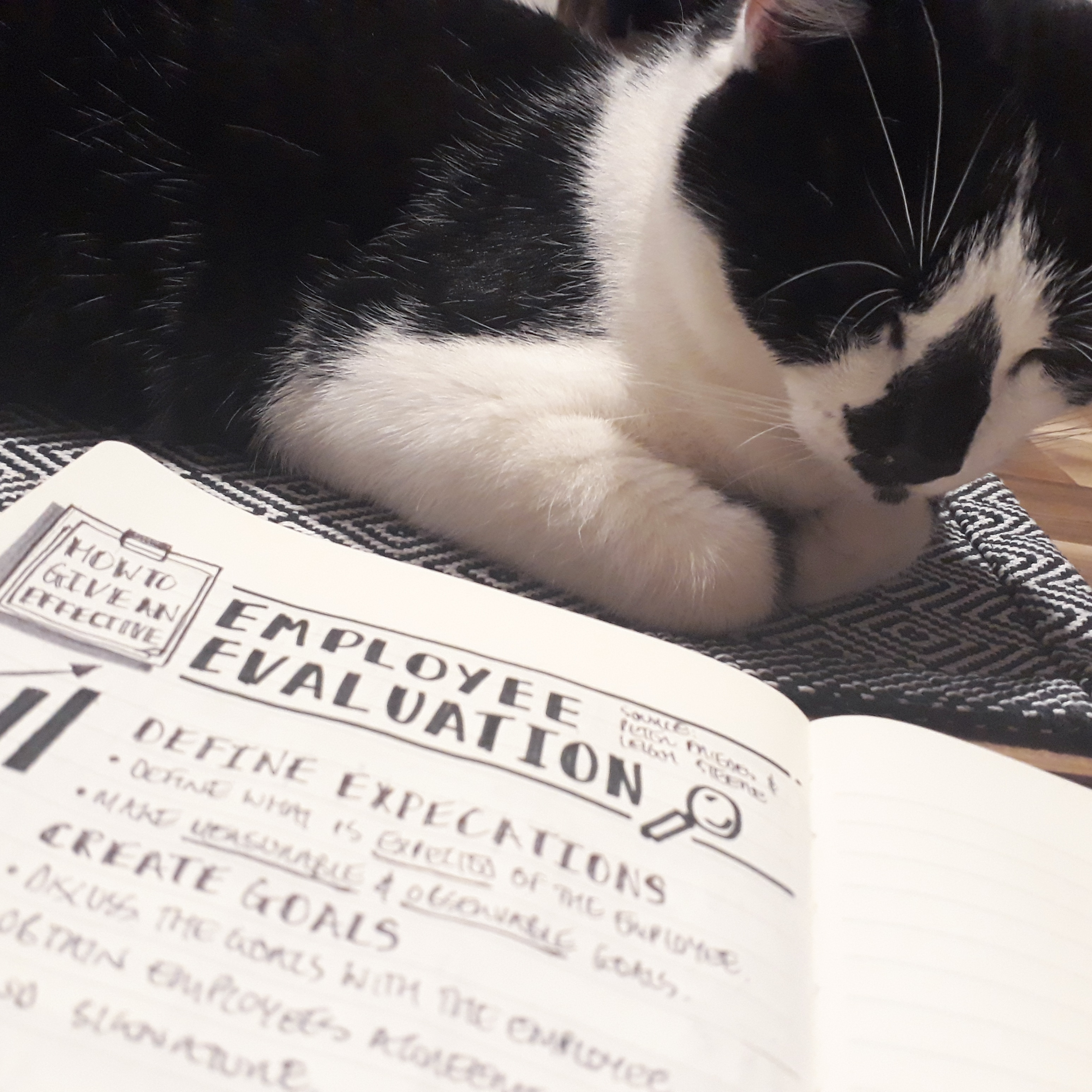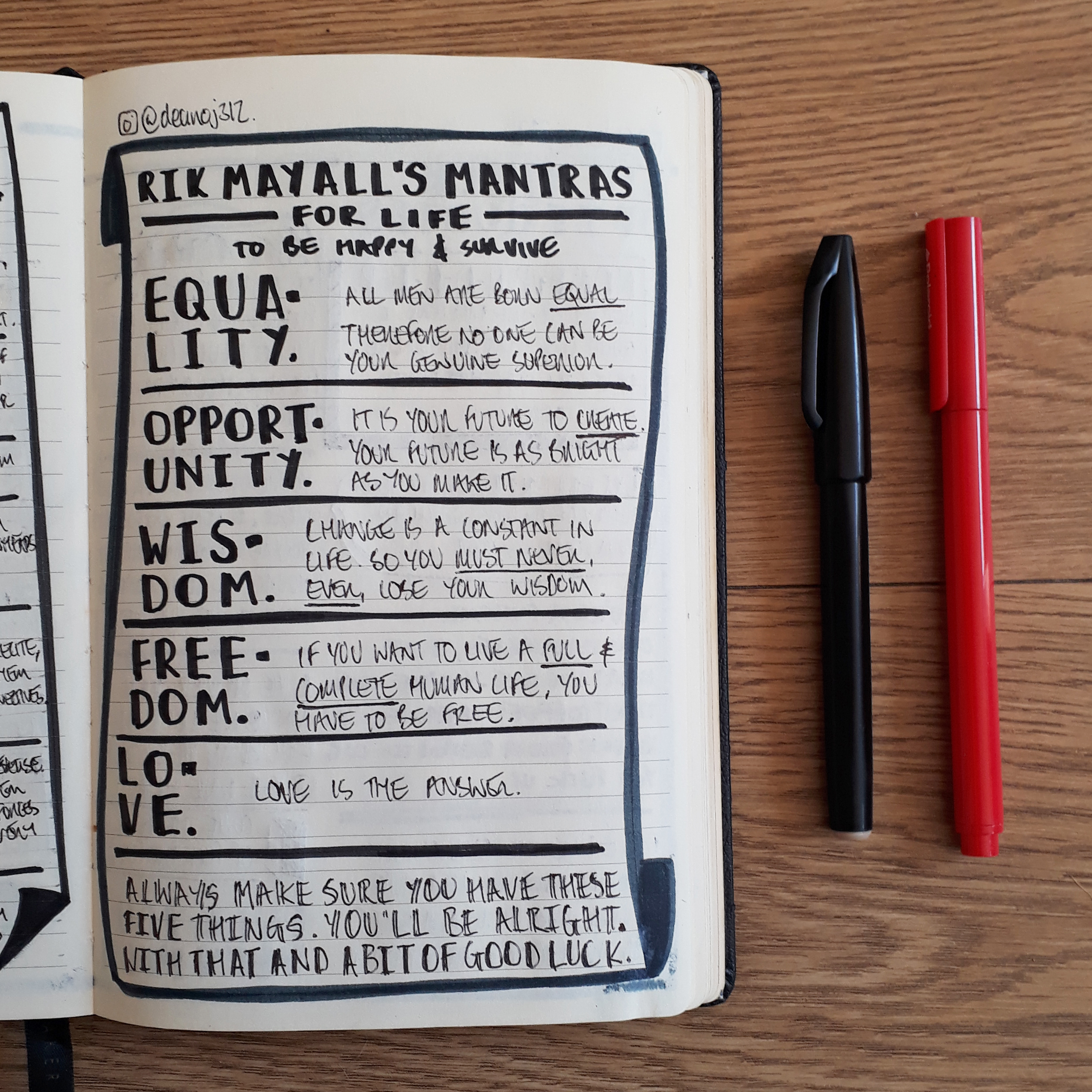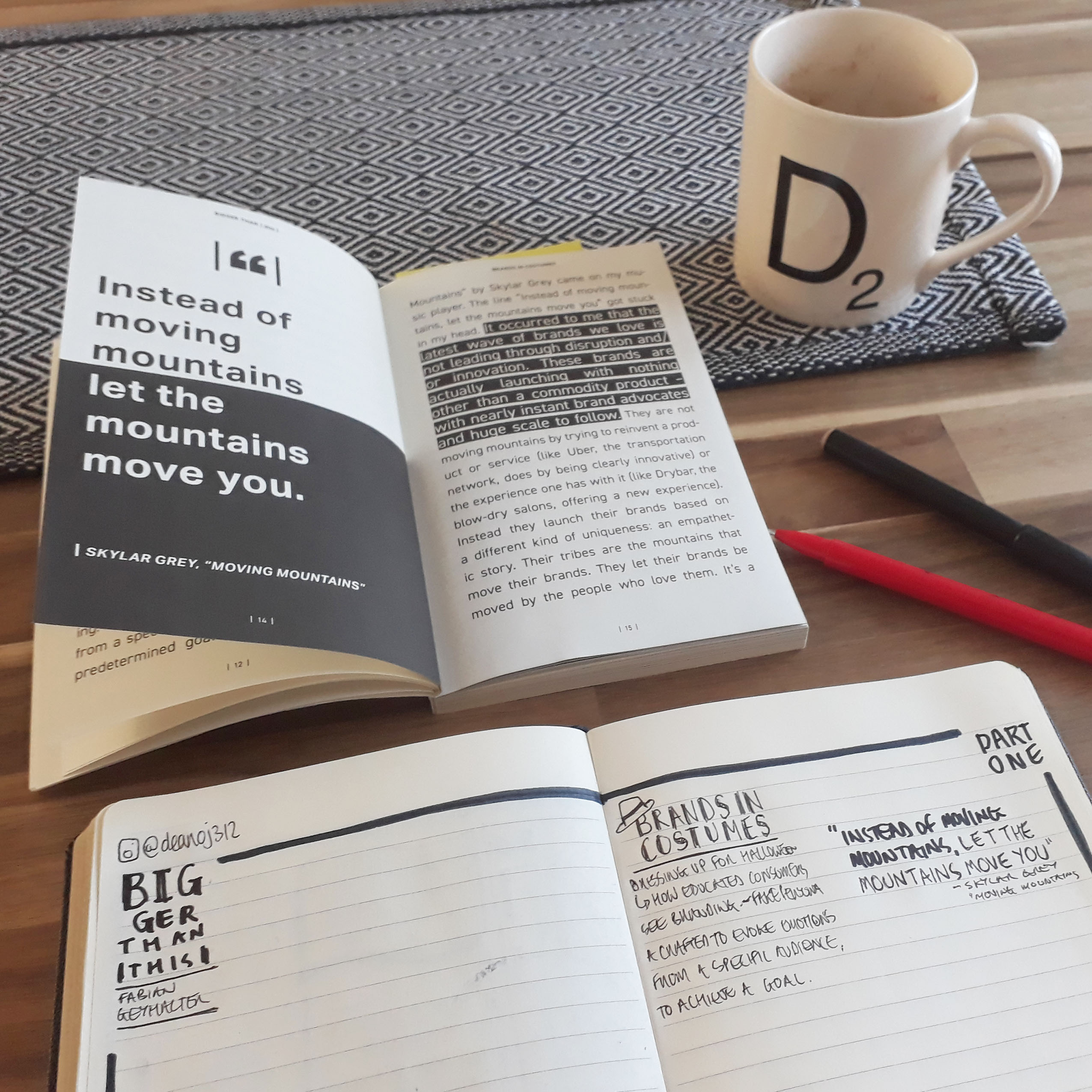Most of you are now wondering ‘what the hell are nudenotes?’ and ‘Why should I care?’. Two great questions, firstly, nudenotes is the name I give my style of sketchnotes. The goal of my notes are not to be a perfect piece of typography – they are a means of quickly jotting down information and insights in a way that can be referenced later or shared with others, quickly summarising large quantities of information with some simple doodles. They are unedited, analogue, warts-and-all, laid bare for all to see – nudenotes.
Why should you care about nudenotes? To answer that question, I will use one of the long-stand traditions of the sketchnoting: a numbered list. So in no particular order, here is a list of the benefits of nudenotes and the value they offer to creative people:
Table of Contents
1) Retention of Information
Do you ever read a book, then realise you weren’t actually reading it, but thinking about something else entirely? Then you re-read the same passage, again and again, in a desperate attempt to take something in.Or have you ever tried to remember an important part of a book for a presentation, but can’t remember how it was phrased?
This is what makes nudenotes so awesome – they act as an external hard-drive for all the information you are bombarded with on a daily basis. When I first started visually recording my notes, before I started using the term nudenotes, I used them for a single function: to help me remember new processes and ideas I learned in college and at university, like how to set up a screen print. They worked brilliantly. I still have those notes, even though the pencil marks are a little faded – I am pretty confident I could still set up a screen print using them.
My early notes from college during a screen printing class, learning technique, and a new process.
2) Encourage Thinking
Recently, I have been on a journey to discover how to improve my design beyond simply learning some new software. This is how I came across Chris Do from The Futur and the sketchnotes of Tanmay Vora. Their content is not focused on the technical details of a process but takes a much broader look at the workplace and design process. They refer to subjects that don’t seem related to design or creativity but actually form some of the fundamental building blocks of the design process in something of a subconscious way.
For me, it’s important to take time out whilst watching a Youtube video, reading a book or a blog. To pause, think, and make notes on what I have taken in gives me time to fully digest what I’m learning, and think about how I can apply it to my working practice.
These are some notes based on the great motivational speaker Simon Sinek and his presentation on Leaders Eat Last: Why Some Teams Pull Together and Others Don’t
3) Improve Visual Communication Skills
Graphic facilitation – that is, using images instead of or in alongside words – as a means of communicating ideas has been a long-standing method adopted in seminars, workshops and conferences all over the world. Most notably, the RSA Animate videos of TED Talks (one of my favourites is ‘Ken Robinson: Changing Education Paradigms’
Graphic facilitation is often an under-appreciated skill in design. The ability to navigate a meeting or design process towards an end goal in a concise and clear way, in real time, is a powerful tool to ensure all your stakeholders are aligned with your vision, and on a subconscious level, it shows confidence in your ability to deliver on a project.
Crafting nudenotes journals requires the use of many design disciplines: layout, illustration, typography, and balance, to name a few. These are all skills that can be transferred into your daily work as a designer: whether you design logos, presentations, brands or packaging. This fast-paced synthesis of disciplines enriches your design work, honing your vision and thinking, making your design process more focused.
Working notes on the design process for my new business venture, Night Sky Creative. Focusing on the key insight: how can we remove the fear and risk from potential clients, so they know exactly what they are going to get at the end of a project.
4) Personal Growth
In my ever-expanding search for new perspectives and ideas to enrich my design process, the sources I find most interesting are the ones that have little or no real connection to design, but in some way develop my skills.
I actually made some notes on developing skills a few years ago, based on the Japanese idea of Craftsman Spirit. The second of the three mantras was ‘elevate your craft’: the idea was to introduce a steady refinement of your working practices, always looking to see how something can be done better. Always learning.
The third mantra was ‘Pursue the benefit of the community through your craft’: how do you work in a way that everyone can benefit. Simply shining a spotlight on these important parts of the craft of design encourages discussion, which is the first step to change.
Here are the notes I made based on the three mantras of the Craftsman’s Spirit
5) Self-Promotion Tool
Creating nudenotes and sharing them with the world is a personal way to connect with your peers and clients, sharing your thought process and your unique perspectives on design. This helps your audience have confidence in your skills as a designer, reducing the risk factor for future clients.
I also use Instagram to reach out to the people who have written the books that have inspired me to make nudenotes. When I made notes on David Brier’s book ‘Brand Intervention’, David reached out to me, which led to a video interview about my process which now has over 10k hits on Youtube. I believe it’s also important to reach out to those that inspire you – not just as a professional courtesy, but also because it’s a nice thing to hear!
This was my first video interview, I was super excited and really flattered with the warm reception and positive responses to my work.
6) Streamline Your Design Process
I always have a notebook for my day-to-day design work, documenting everything I do in the design studio: meetings, briefings, concepts, development notes, ideas, quotes and anything else that catches my interest.
The ability to hold your design process in your hands – carry it from meeting-to-meeting, use it as a reference and a communication aid – is a great tool. Having that process presented in a clear, concise and compelling way is priceless.
Sketching is possibly the most recognisable skill for a designer. Just as it was years ago when you were in school, you will always get extra marks for showing your work. Creating sketchnotes on a daily basis improves your visual communication skills, and when you combine that with a piece of content to boost your effectiveness as a designer you have a win-win scenario.
This was a nudenote on Design Critique: Best Practices. I came across this on Pinterest – I am always on the lookout for ways to improve the way I work, and design critiques are a massive part of life as a designer. Seemed like a good place to start.
7) Not Digital
Nudenotes are the perfect mini-break from the digital world. You can lose hours with a great book, a notebook, and a pen. It’s important to tear yourself away from a screen for a while, not just for your physical health, but for your mental wellbeing. Don’t forget to make a good cup of tea beforehand!.
This is a daily struggle with my cat Buffy, who likes to sit on my notebook while I’m sketching, or just stares at me trying to get my attention.
8) Personal Meaning
Creating a journal of nudenotes can become as personal as a writing in a diary. I been creating these journals for about ten years, amassing in around 15 nudenote-packed journals.
Each journal is a collection of thoughts and ideas from a certain aspect of my design career. I have work-specific journals that I keep in the design studio at the office, and I often find myself looking back through looking for my notes on a previous concepts, or flicking through them to to remember a long-forgotten photoshop technique.
There are many forms of passive learning: reading, watching a video or listening to a podcast. All can inspire you into action. However, there is nothing as effective as taking that initial active intention to learns and creating something new at the same time. Nudenotes are a great way to bring that inspiration in close, nurture it and grow it into something meaningful to you. Take pride in your passions and interests, and add something new and personal to the world. Make the most of the books and videos you love (even those cute cat videos!).
I recently made a couple of personal nudenotes about random things I enjoyed watching. The below nudenote was based on Rik Mayall’s hourary acceptance speech at the University of Exeter – he will always be one of my favourite comedy actors, and something of an inspiration to me.
Based on the graduation speech by Rik Mayall after he was awarded his honorary doctorate at Exeter University in 2008. They’re inspirational words to live by, and I recommend watching this video whenever you need a bit of a push.
9) Fun with a Purpose
Drawing is fun, and nudenotes are a process of channeling that fun to build your skills as a designer, opening exciting new potential opportunities for your career. I’m a strong a believer in doing what you love, and loving what you do – I find that nudenotes are my way of finding more fun in my work, and I think there have to be more people who think the same.
A quick mid-sketch snap of my current journal, and my favourite mug filled with my nudenote fuel. Bigger Than This by Fabian Geyrhalter Book Review
At its core, creating nudenotes is all about getting information down on a page – to help retain knowledge, share new ideas and don’t forget to have fun with it!
That’s it – what nudenotes are and why you should care! My hope is that this article inspires you all to pick up a pen and join the #nudenotes revolution and start sharing your unique notes with our growing community! Feel free to get in touch if you have any other questions about nudenotes, or if you just want to chat about my design process.
Stay classy, Logo Creative reader, and never stop learning.
 Author Bio
Author Bio
Dean O’Callaghan – I help solve problems through design. I love crafting the strategies that help build awesome brands. Specialising in brand and packaging design, with over 10 years’ experience working across many well-known brands, I am a straight-talking, no-nonsense creative who thrives on the business of design. I’m currently starting a venture of my own: Night Sky Creative, a collective of creatives with a passion for helping businesses and brands succeed through informative and interesting content alongside individual consultancy work.
In my spare time, I am an avid sketch noter and creator of nudenotes. I’m always on the lookout for new perspectives to enrich my design workbooks, blogs, talks… I take inspiration from everywhere. I’m partial to a beer and a BBQ – any excuse to fire up the grill with a beer in hand!

